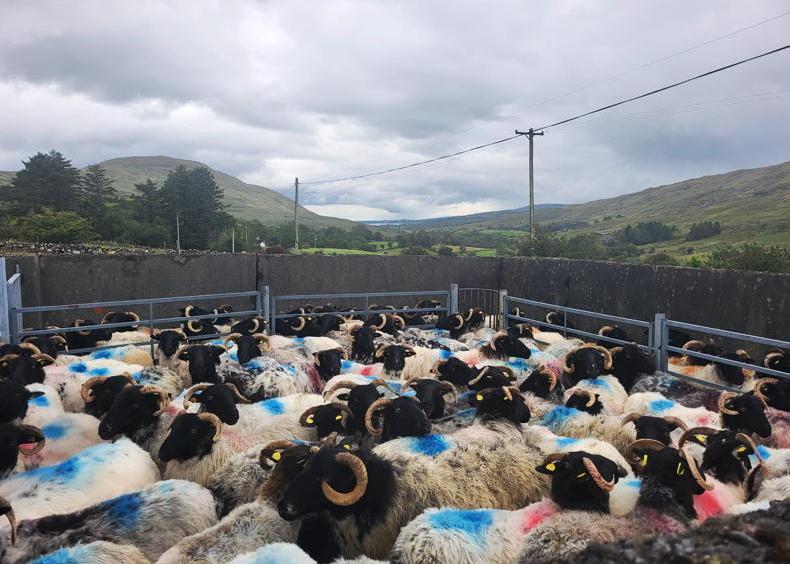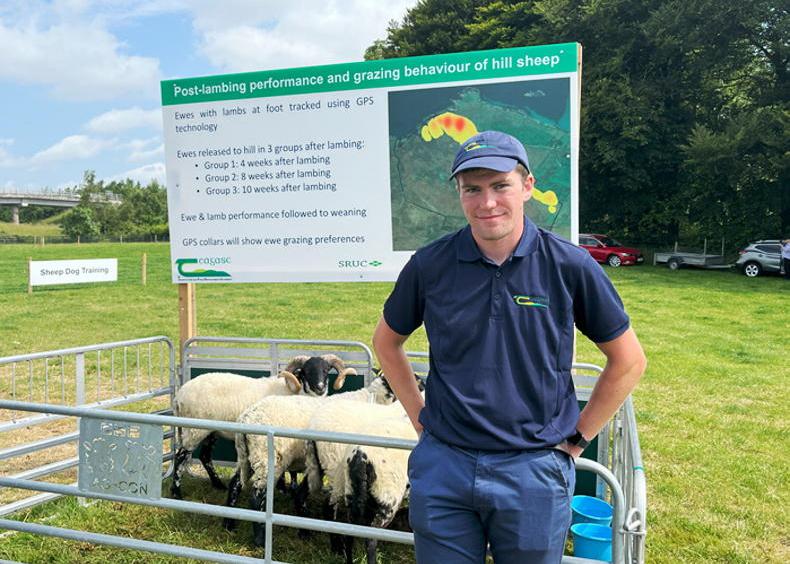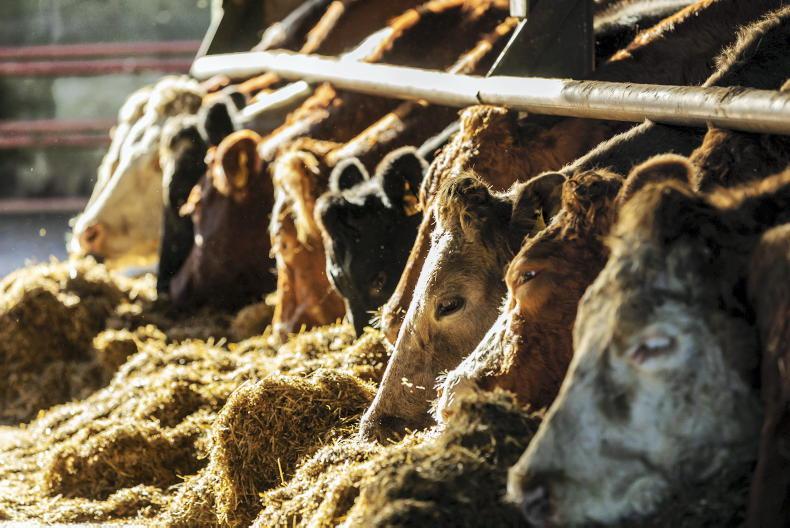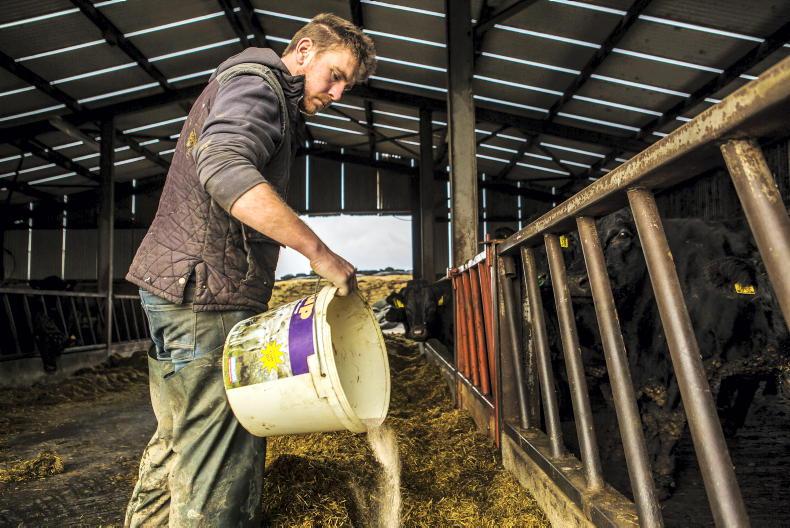Condition of hill ewes
Reports from scanning operators starting to work their way through hill sheep flocks point to some scanners witnessing ewes in poorer body condition than previous years. This tallies with reports dating as far back as breeding of ewes being in suboptimum condition and is not surprising given forage resources on hill / mountain areas are also said to have been depleted more quickly this year.
Failing to take action early and introduce supplementary feed will compound issues and lead to an increased risk of higher lamb mortality.
Options are more limited in hill sheep systems compared to lowland flocks but taking steps such as introducing forage, feed buckets or targeted concentrate supplementation should be considered to address any nutritional deficit.
Liver fluke
Veterinary advice generally recommends treatment of outwintered ewes for liver fluke in November, January and April with narrower timelines possibly required where there is a history of significant issues. The threat at this stage of the year is moving more towards chronic liver fluke with a heavy fluke burden characterised by a significant loss in body condition / weight, the classical ‘bottle-jaw’ appearance and poor fleece quality with loose wool.
Products selected should continue to target the mature and immature stages of the liver fluke cycle. It is also important to consider changing the active ingredient. Ewe weight should also be considered with dose rates possibly increased depending on the stage of gestation ewes are entering. There is no issue in treating ewes entering late gestation, where required, with careful handling of ewes paramount to prevent hurts or injuries. It is also important to treat ewe lamb replacements which are often outwintered, as well as rams.
Marketing hoggets
Many marts have recorded a firmer trade over the last week for well-fleshed lambs relative to factory base quotes. It is wise, particularly where you have low negotiating power and are being offered a lower quote relative to where mart prices are, to weigh up if the factory or mart is the best outlet for the type of hogget on hand.
Given the tight margins from finishing lambs intensively and the fact that feed is still at a relatively high cost, it is important to weigh lambs regularly.
At this stage of the year many producers have tail-end lambs which may be fit for slaughter at a lighter carcase weight. Retaining such lambs in the hope of hitting heavier carcase weights may be a false economy if conversion rates are poor and lambs are only accumulating a higher fat cover. Monitoring performance will help to identify animals where performance may have plateaued or stagnated.
Sheep census
The annual sheep and goat census can now only be submitted online via agfood.ie or the Department’s new sheep app with the deadline for submitting hardcopy returns now passed. The deadline for online returns is Wednesday 14 February. The census portal via agfood.ie can be accessed via the ‘Animal Identification and Movements’ tab in the agfood.ie homepage. From there select the census drop down menu at the top of the page and this will provide the option to create or amend your 2023 census application.










SHARING OPTIONS